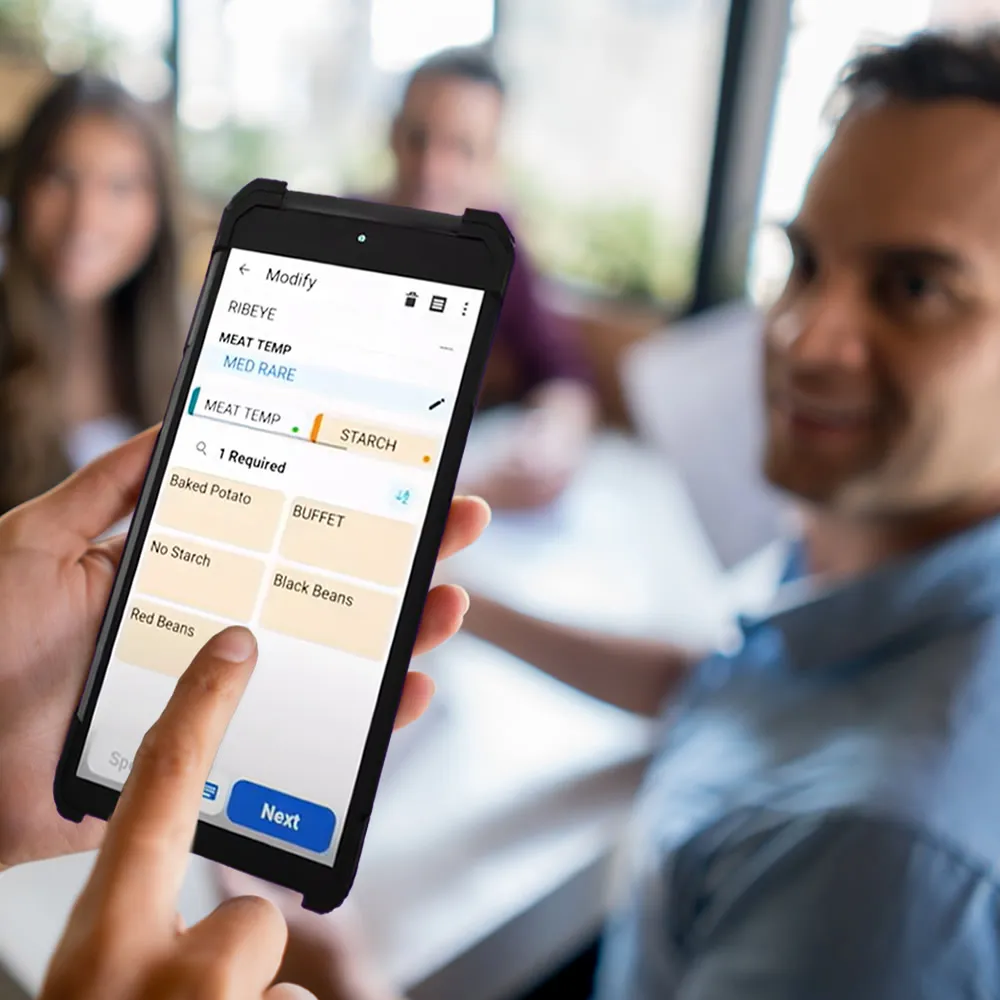We’ve seen how a pandemic can shake the world and disrupt the global economy. Consumer shopping habits changed overnight—and retailers had to adapt alongside them. But there are still questions on the table: Will consumer spending go back to normal after coronavirus? How will the supply chain continue to adapt? And how can retailers work to mitigate supply chain shock in the future?
Will consumer spending go back to normal after the pandemic?
If we look at the United States, 70% of the GDP is made up of consumer spending. But when consumers are facing issues like unemployment and quarantine – it drives a serious impact on the economy and their behavior. People revert to what is most important: food, shelter, safety and health.
But will this focus on the frugal continue? Likely, coronavirus will have an impact on consumer spending. Because people everywhere have had to re-evaluate their:
- Financial status: What’s coming in? What’s going out? The importance of saving money has become more apparent than ever.
- Activities: If you’ve become accustomed to coloring your own hair from a drug-store kit, are you likely to resume your costly salon styling regimen?
- Possessions: Will we put as much value on the things we own—or, going forward, will we focus more on experiences?
Reopening the economy doesn’t mean consumers are going to reopen their wallets. In states that have started lifting restrictions, consumer spending has yet to pick up. Couple that with safety concerns and it’s hard to tell when consumers will rush out to resume old habits.
What can retailers do now to improve their supply chain strategy in light of COVID-19?
According to McKinsey, “Supply chain leaders are being forced into making quick decisions to implement transparency-increasing solutions and rapid-response capabilities to mitigate the outbreak’s short-term fallout.” McKinsey has identified five ways that retailers can respond to the shift in consumer buying:
1. Secure demand: retailers can work with their supplier networks to secure adequate supply of high-demand products – like simplifying SKU profiles, widening delivery windows and relaxing on-time, in-full requirements to improve speed.
2. Redirect inventory: Retailers will need to begin bypassing their inventory replenishment and allocation algorithms to shift inventory quicker and put focus on high-demand goods.
3. Add capacity: Shifting labor to areas that need support, like temporarily moving an office worker to a warehouse role, can increase capacity.
4. Balance agility and flexibility: This is more critical than ever, and the preferred method by retailers is to bypass distribution centers and ship goods directly to stores.
5. Deliver reliability: Delivery continues to rise – and retailers can help accommodate by widening delivery windows, converting some outlets into “dark store” and shifting in-store employees to delivery services.
How can retailers work to mitigate supply chain shock in the future?
The retail supply chain has been impacted in different ways for different markets. Right now, many retailers are in survival mode, whether it's how to keep the shelves stocked or how to keep the lights on. As we look to the future, and a potential post-COVID world, what are some things retailers can do to combat supply chain shock going forward?
- Supply chain digitization: 47% of retailers say this is one of their top organizational priorities. The allocation of products will continue to be fluid, and by digitizing their supply chain, retailers enable connectivity, data management, insights and smart automation, according to Cyndi Lago, Vice President of supply chain at Capgemini. Examples of supply chain digitalization:
- Track and trace products with RFID or other technologies so a merchant would know where all products are at all times
- Smart sensors in containers to monitor product conditions
- Digital sales and operations planning platforms
- Digital inventory monitoring
- Supply chain compression: Jim Barnes, CEO of enVista, says that, “As a retailer, I’m going direct to manufacturers and eliminate agents or distributors. It’s ultimately about time compression. If I can compress time, I can provide agility in the network to respond quicker when I need to.”
- BOPIS & curbside pickup: We’ve seen many retailers shift their fulfillment models to buy-online-pickup-in-store and curbside pickup. According to Barnes, Best Buy is an example of a retailer getting supply chain right, by limiting store fulfillment with curbside pickup. “Stores won’t go away; they’ll just look different. We’ll have a lot more dark stores and MFCs, operating BOPIS and ship from store location to minimize human interaction. They’ll stock shelves at night, with a light crew to pick orders for pickup at the curb or a locker. We’re already starting to see that.”



